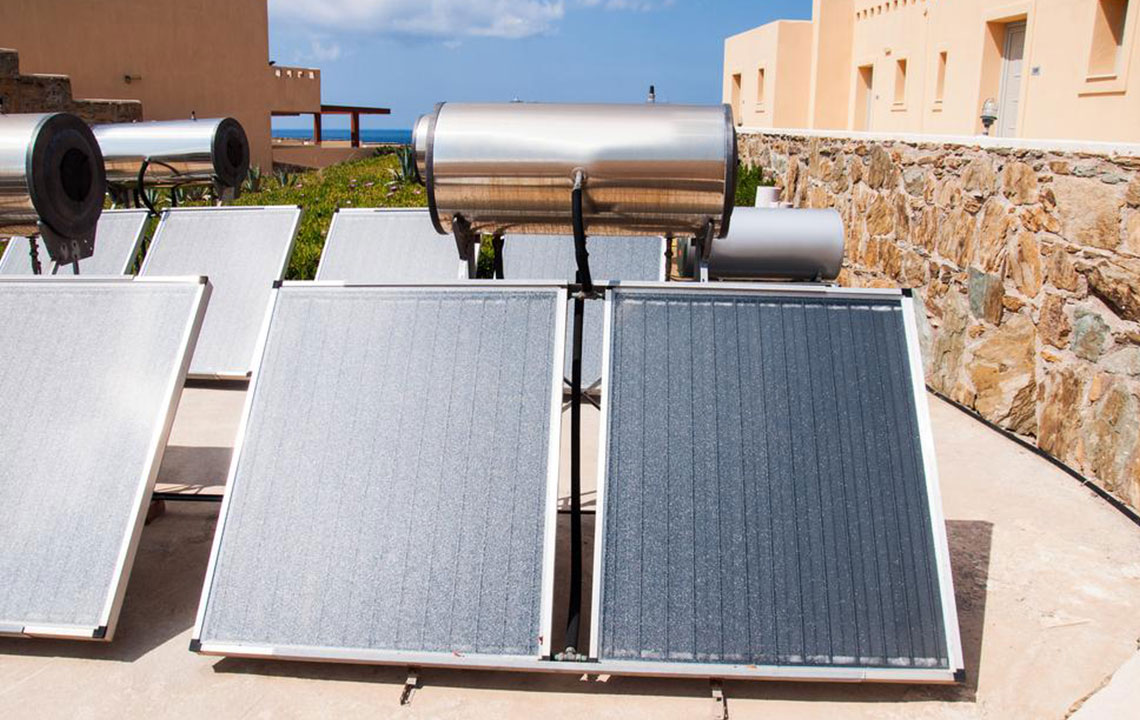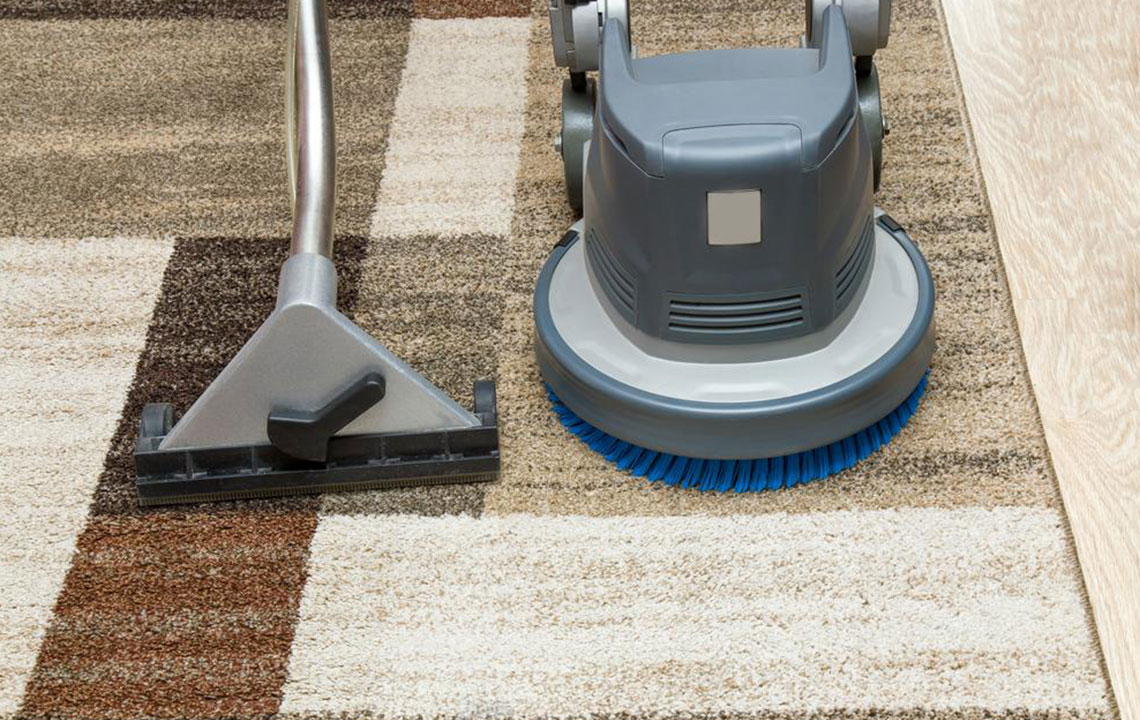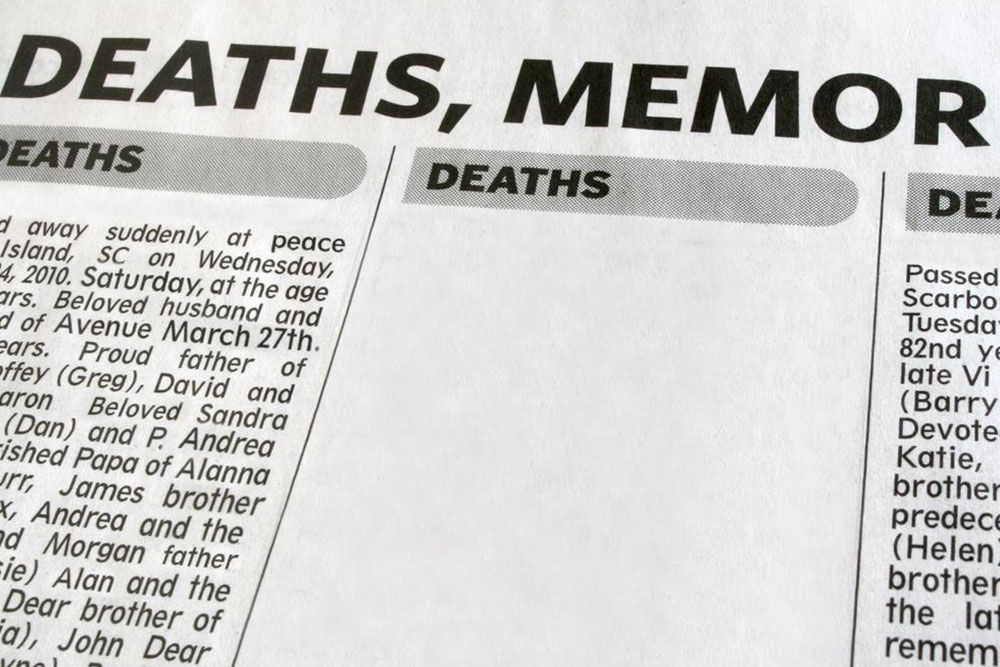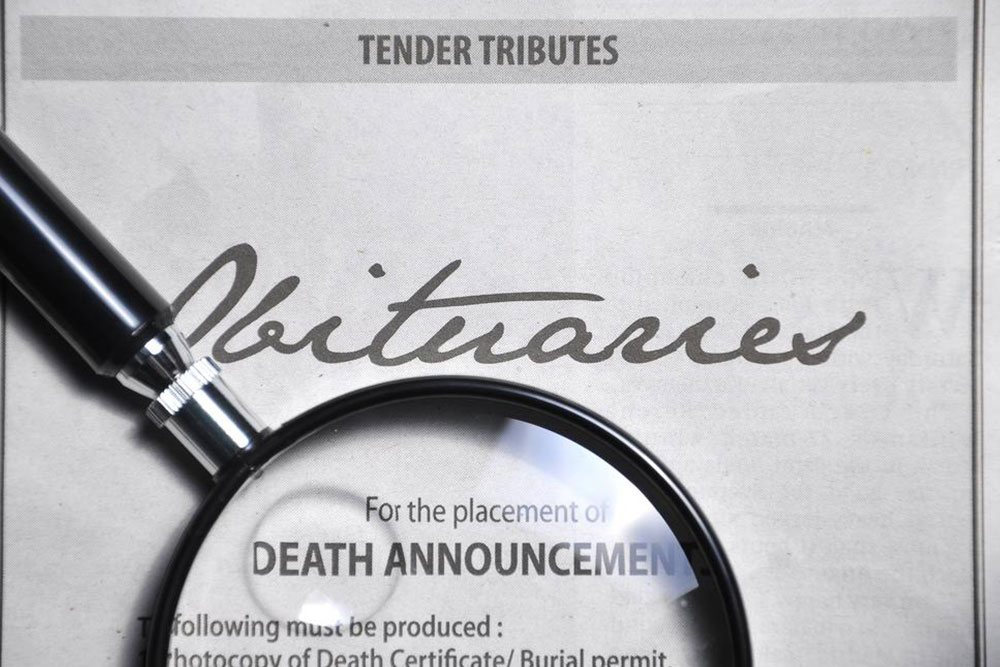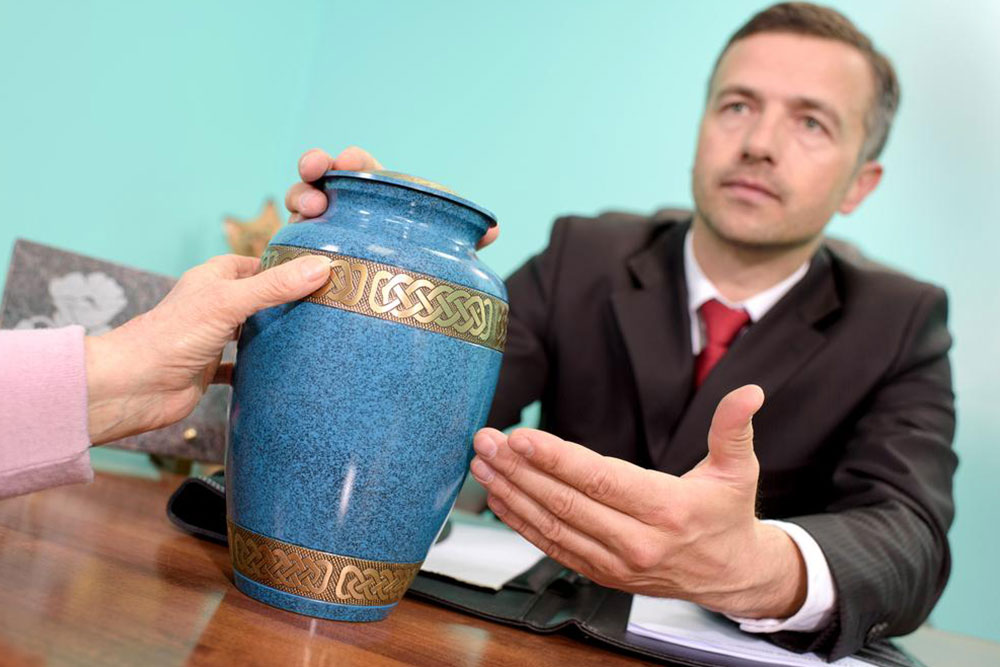Benefits of Cremation Over Traditional Burial Methods
This article explores why cremation is a modern, eco-friendly, and cost-effective alternative to traditional burial practices. It highlights historical perspectives, technological advances, and environmental benefits, making a case for cremation as a preferred option for many today.

Benefits of Cremation Over Traditional Burial Methods
Historically, funerary practices depended on cultural and religious beliefs, with burial and cremation being common methods. The ancient Greeks burned fallen soldiers' bodies, a custom that spread to Europe. Even in the Stone Age, widespread cremation was practiced. Modern cremation involves incinerating the body at around 1800°C in specialized chambers, making it a clean and efficient disposal method.
Cremation gained popularity in Europe and North America during the late 19th century. Initially met with resistance due to sanitation concerns, the Catholic Church opposed cremation, favoring traditional burials to promote environmental cleanliness. Today, with technological advances, cremation has regained favor, with about 25% of Americans choosing it. Ashes are typically returned to loved ones for remembrance.
Traditional burial involves storing bodies in cemeteries or tombs, with practices varying worldwide. Egyptians embalmed bodies for afterlife beliefs, while ancient Israelis left bodies to decompose naturally.
Many see burial as a humane option, viewing death as a peaceful sleep. Modern electric cremation chambers provide a pollution-free alternative, replacing open pyres.
Burial has drawbacks, including potential soil toxicity from embalming chemicals and land use concerns. Rising land costs make traditional burials increasingly expensive.
Scientific advancements have transformed cremation into an affordable, eco-friendly choice. Numerous companies now offer reliable cremation services, aligning with modern environmental and economic preferences.
Disclaimer:
Our blog offers diverse, informative content based on thorough research. While our aim is to provide accurate insights, readers should verify information independently. The website is not responsible for discrepancies or updates in data. Additionally, some schemes or offers may not be covered here, so explore options for the best choices.




